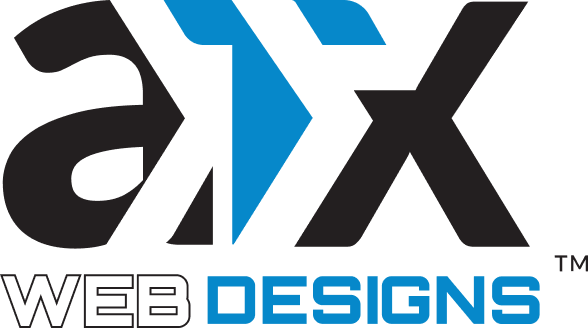Email marketing is an ever-evolving strategy that continues to be a cornerstone of successful digital marketing campaigns. In this comprehensive guide, we’ll explore seven email marketing hacks that go beyond the basics and delve into the intricacies of crafting highly effective email campaigns.
- Personalization: The Heart of Effective Email Campaigns
In the world of email marketing, personalization is more than just addressing your subscribers by their first name. It’s about tailoring the content to match their preferences, behaviors, and interests. Use data analytics to segment your audience effectively, allowing you to deliver content that resonates on a personal level. This personal touch not only increases open rates but also fosters a stronger connection between your brand and the recipient. - Optimizing for Mobile: Where Your Audience Is
With a significant portion of email opens happening on mobile devices, optimizing your emails for mobile is no longer optional—it’s imperative. Responsive design ensures that your email looks visually appealing and functions seamlessly on screens of all sizes. Prioritize a mobile-first approach to cater to the on-the-go lifestyle of your audience and ensure a consistent and enjoyable user experience. - Crafting Irresistible Subject Lines: The Gateway to Engagement
Subject lines are the gatekeepers of your emails. Crafting compelling subject lines is an art that involves balancing intrigue, relevance, and clarity. A/B testing different subject lines can help you decipher what resonates best with your audience. Experiment with emojis, humor, or urgency to find the perfect formula that entices your subscribers to click and explore what’s inside. - Interactive Content: Elevating Engagement Levels
Static emails are a thing of the past. Integrate interactive elements such as polls, quizzes, or clickable images to encourage engagement. Interactive content not only captures attention but also provides valuable data on your subscribers’ preferences. This two-way communication fosters a sense of participation, making your emails more memorable and shareable. - Perfect Timing: Cracking the Code of Email Scheduling
Timing plays a pivotal role in the success of your email campaigns. Experiment with sending emails on different days and times to determine when your audience is most receptive. Utilize analytics tools to track the performance of your campaigns and adjust your scheduling strategy accordingly. By aligning your emails with your subscribers’ peak activity times, you increase the likelihood of capturing their attention. - Unlocking Efficiency with Automation: The Future of Email Marketing
Email automation is a game-changer for marketers seeking efficiency without compromising personalization. Set up automated campaigns triggered by user behavior, such as welcome emails, abandoned cart reminders, or product recommendations based on previous purchases. Automation not only saves time but also ensures timely and relevant communication, nurturing leads and driving conversions. - Compelling Calls-to-Action: Guiding Subscribers to Action
Every email should have a clear and compelling call-to-action (CTA). Whether it’s making a purchase, signing up for a webinar, or downloading a resource, guide your recipients on the next steps you want them to take. Make your CTA buttons visually distinct and use persuasive language to convey the value they’ll gain by clicking.Incorporating these advanced email marketing hacks into your strategy will not only boost your campaign performance but also solidify your brand’s presence in the inbox, fostering long-term engagement with your audience.





